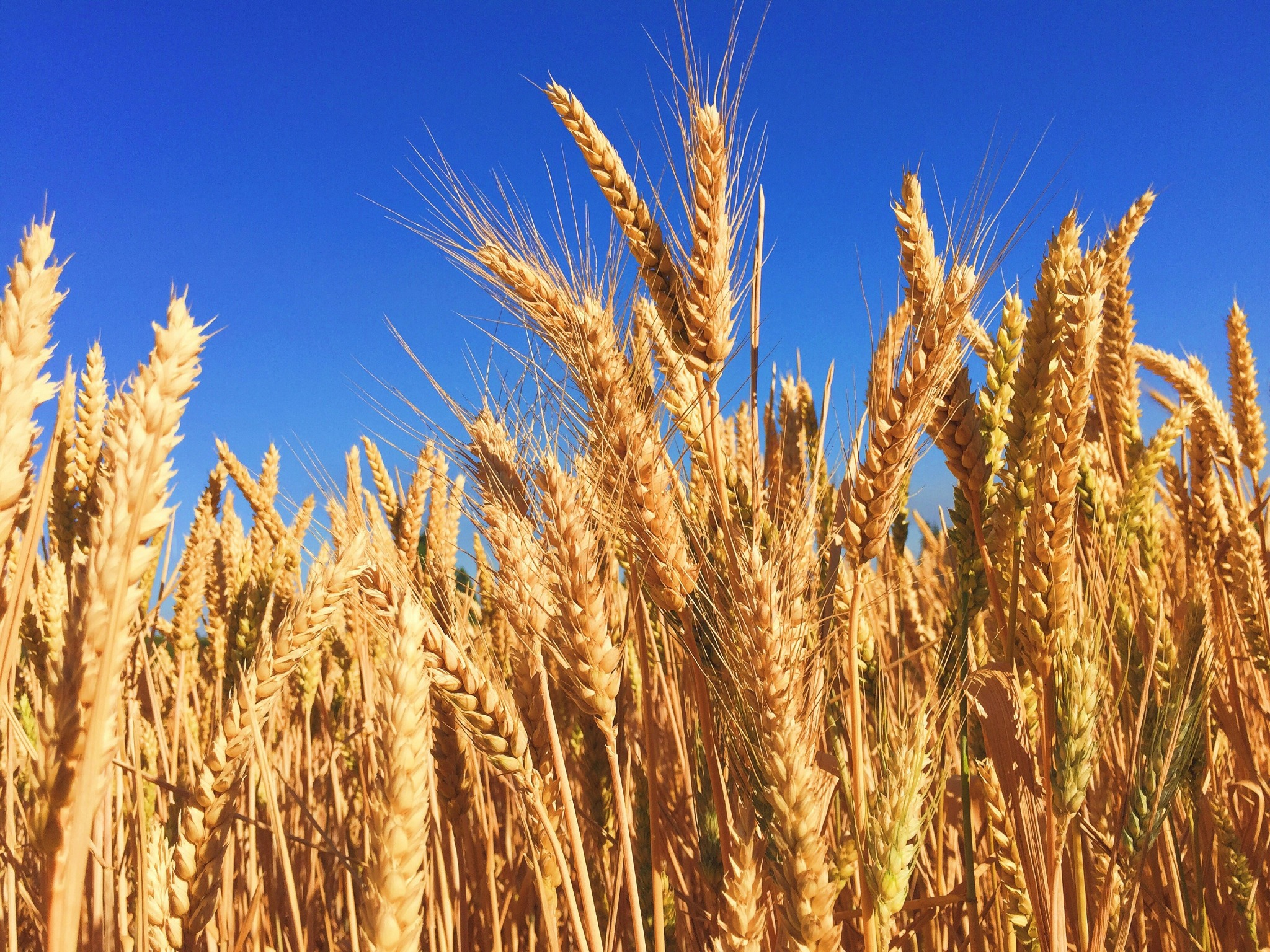
Wheat Allergy
Wheat is one of the UK’s 14 major allergens. Reactions can range from mild to severe. This guide covers immediate wheat allergy and how to manage it day to day.
Overview
Wheat allergy happens when the immune system reacts to proteins in wheat. Symptoms usually appear quickly, within minutes of eating wheat, but can also occur (rarely) from touching flour or breathing it in while baking.
Wheat allergy vs gluten intolerance: Wheat allergy is not the same as coeliac disease or gluten sensitivity. Gluten is one of many proteins in wheat — a person with wheat allergy may react to gluten, to other proteins, or to several combined. That’s why someone can have wheat allergy without being coeliac.
Symptoms
Mild to moderate symptoms can include:
- Itchy rash (hives)
- Tingling or itching in the mouth
- Swelling of lips, face or eyes
- Tummy pain, vomiting or sneezing
- Blocked or runny nose
Severe reaction (anaphylaxis) can include:
- Airway: throat or tongue swelling, hoarse voice, difficulty swallowing
- Breathing: wheeze, shortness of breath, noisy breathing
- Circulation: dizziness, faintness, pale clammy skin, confusion, collapse
Who is at higher risk?
- A previous serious reaction
- Asthma, especially if not well controlled
- Reactions to tiny amounts of wheat
Treatment
Mild symptoms may be treated with oral antihistamines. If you are at risk of anaphylaxis, you should carry two prescribed adrenaline auto‑injectors (such as EpiPen® or Jext®) and know how to use them. In an emergency, call 999.
Avoiding wheat
Wheat is common in everyday foods. Read labels carefully every time you shop — wheat must be highlighted in ingredients lists by law. Common sources include:
- Breads, pastries, cakes and biscuits
- Pasta, couscous and noodles
- Breakfast cereals containing wheat or bran
- Gravy, sauces, soups, stock cubes and ready meals
- Beer and other drinks made with cereals
- Play dough often contains wheat — look for wheat‑free alternatives if needed
Remember: “gluten free” does not always mean “wheat free”. Gluten‑free foods may still contain other wheat proteins, so always check labels carefully.
Helpful Products
Some links may be affiliate. We only recommend products we believe in.
